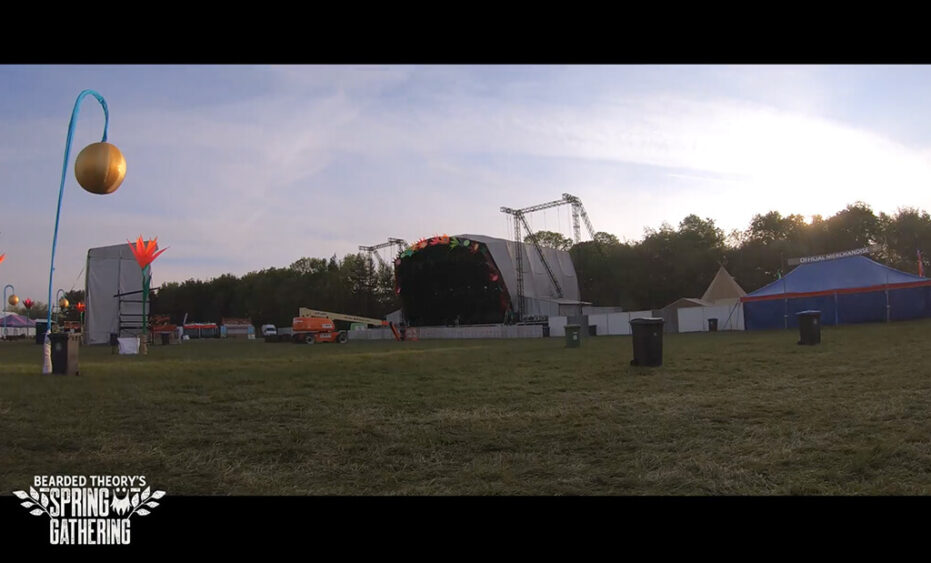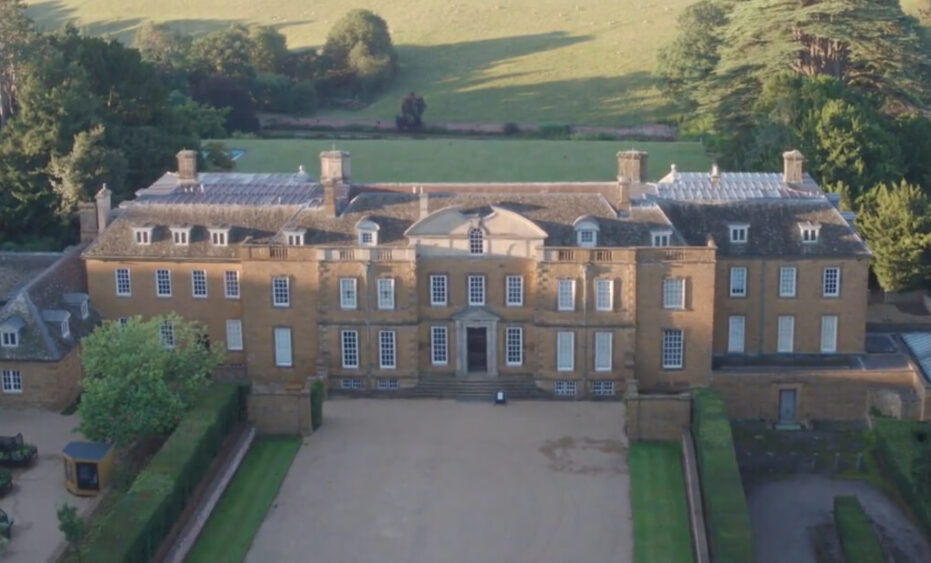Don’t be that guy – how to plan your drone flight to be safe and legal (Part one!)
When it comes to drone flying you only have to go to the comments of a local Spotted group on social media and you’ll quickly find that almost everyone is Kavangh QC when it comes to the legalities of drone flight! However, that’s another complex subject for another blog! Today we are going to look at the basic things you can do when planning your drone flight to make sure you are staying safe and working in partnership with local authorities, organisations and landowners.
1.) Look at your airspace-downloading the CAA Drone Assist app is a great help for this. You can enter the location you are due to be flying in or simply press the location button and can instantly see a report on what type of airspace you are in. Typically open air space (Category G) will be in green, built-up areas with more ground hazards will be in amber and controlled airspace such as the control zone of an airport (Category D airspace) will be shown in red. Contrary to popular belief it’s not actually until you are within the Flight Restriction Zone of an airport that your flight is restricted and you need to contact air traffic control for permission to unlock the flight but if you are flying within a few miles of an airport or aerodrome it can be a good idea to make a courtesy call to Air Traffic Control anyway. A quick check on Drone Assist and Google Earth can also establish if there is anything else in the area you need to think about eg microlite or glider sites and a Google search can help you find out if there any other things you need to consider eg areas of special scientific interest or areas where protected species are nesting.
2.) Check the weather conditions. It’s really important to check the wind speed you can expect on the day. Your drones will be rated by the manufacturer to run at a certain maximum windspeed above which the motors of your drone won’t be able to safely operate. This can lead to flyaways or collisions and so it’s really important to keep an eye on; a wind measurement device called an anemometer can be obtained very cheaply on Amazon. A really handy app is UAV forecast ( free for the basic app/a small subscription to obtain a full forecast) or Windy. The BBC weather app is also consistently accurate. Also, check to see if rain is forecast-obviously electronic devices and water don’t mix well so unless you are flying something like a DJI Matrice which is weather sealed for heavy industrial you don’t want to fly in the rain! Cold weather and snow can affect the battery life of electronic equipment and severe cold can also affect your ability to use the controller if you lose sensation in your fingers.
3.) Check your kit; are your batteries well maintained, and are your propellers and airframe in good condition? Remember owning a drone is a bit like owning a car-it’s your responsibility to keep it well maintained and it’s on you if an incident is caused by your equipment failing.
4.) Contact local owners for permission to take off and land. Whilst provided you maintain the correct separation distances it’s not necessarily a problem flying over private property (depending on the drone you are operating, any licenses you hold and the nature of your flight) you do need permission to take and off and land from private property. You need to observe a 30m separation distance from people or buildings outside your control on take-off and landing (rising to 50m once in flight).
5.) Contact local authorities for permission to fly. If we are operating in any kind of built-up area we also make a courtesy call to the local police force. They will also give you an incident number which means if you do get any issues you can refer them to this.
6.) If your drone is above 250g get an Operator ID and display on your drone; even if you don’t fly commercially this is a legal obligation. The test is really straightforward and it costs £9 a year.
7.) Complete a risk assessment. Whilst it’s tempting just to get up there and start rocking taking half an hour to write a risk assessment is so worth it and also gives you cast-iron evidence you’ve done your job properly if challenged. Using an app like Google Earth in conjunction with one like Drone Assist can be so helpful for this and can help you identify things you might never have thought of otherwise…eg recently we identified a duck pond next to a building we were filming-ducks have a habit of flying straight upward and so this was something we could put into our flight plan and safety measures to prevent our day being ruined by Daffy and company! Next time; we look at the thorny subject of drone laws-what qualifications DO you need to fly a drone these days?!
Frontrow Films
May 16, 2022

Beard Theory are on of my all time favourite clients-a fantastic mid sized festival in Derbyshire. I started off doing drone work for this festival in 2015...

We’re sure you know by now that digital video is one of the most progressive and cost effective ways of getting your message out there.

I really love working with the heritage sector because it combines my loves of both history and
film making...

We’re sure you know by now that digital video is one of the most progressive and cost effective ways of getting your message out there.
So pleased with our video! Thank you so much, we needed this to enter the National wedding awards! I will let you know how we get on. Thanks again!!
SAFFRON CATERING
